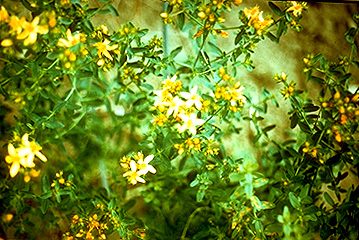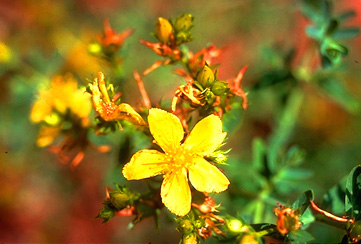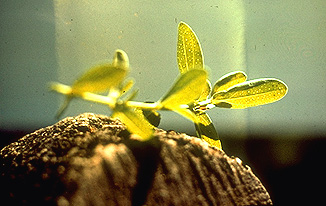St. John's-wort
Hypericum perforatum poisoning
General poisoning notes for Hypericum perforatum
St. John's-wort (Hypericum perforatum) is a naturalized herb found in eastern Canada and British Columbia. The plant contains hypericin, which is a primary photosensitizing chemical. Ingestion has caused skin problems in cattle, horses, rabbits, sheep, and swine. The skin problems occur on white or light-colored skin; dark skin is not affected. Severe symptoms such as convulsions, staggering, and coma have occurred in some animals. Loss of wool quality occurs in sheep, and the meat of affected animals is of poor quality. This plant is widespread in Canada. The reaction is more severe if fresh plants are eaten, but dried plants can also cause photosensitization, even though 80% of the hypericin is lost (Araya and Ford 1981, Cooper and Johnson 1984, Crompton et al. 1988).
References:
Araya, O. S., Ford, E. J. 1981. An investigation of the type of photosensitization caused by the ingestion of St John's wort (Hypericum perforatum) by calves. J. Comp. Pathol., 91: 135-141.
Cooper, M. R., Johnson, A. W. 1984. Poisonous plants in Britain and their effects on animals and man. Her Majesty's Stationery Office, London, England. 305 pp.
Crompton, C. W., Hall, I. V., Jensen, K. I., Hildebrand, P. D. 1988. The biology of Canadian weeds. 83. Hypericum perforatum L. Can. J. Plant Sci., 68: 149-162.
Hypericum perforatum
Nomenclature
Botanical name: Hypericum perforatum L.
English Common name: St. John's-wort
French Common name: millepertuis perforé
![]()

![]()

![]()

![]()
![]()
Back to Plants
 Wildflower
Seed For Sale
Wildflower
Seed For Sale